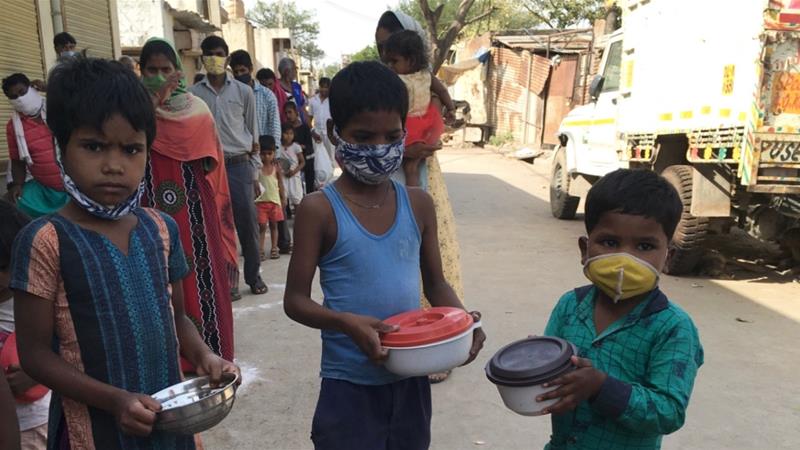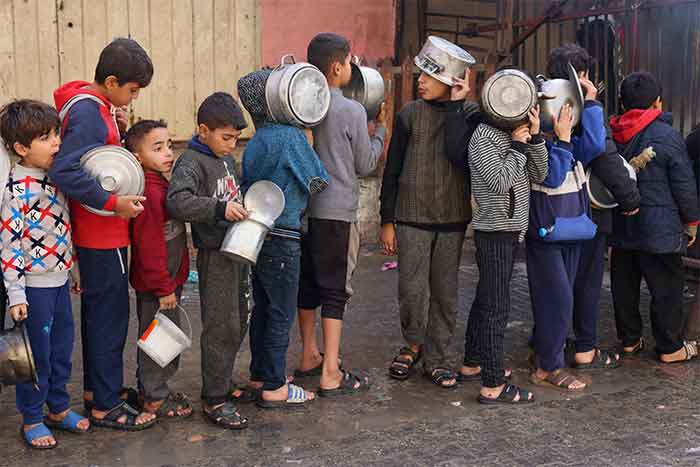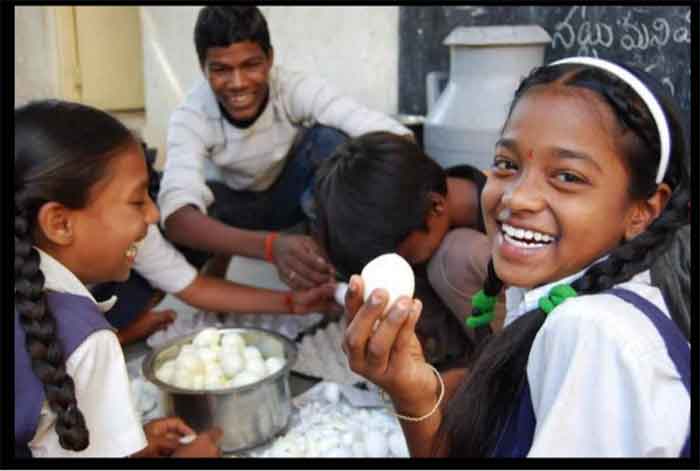
While the sufferings of several sections of population increased this year in India, perhaps it is the silent sufferings of children and students which increased the most. Whether it is nutrition or health or education or exposure to special risk situations and violence, from all points of view there appears to have been all-round deterioration in the condition of children.
Among various children, it is girls who have suffered more compared to boys. Among occupational groups, children of migrant workers, other rural landless ( and near landless) households and informal urban workers have suffered the most. These have been very difficult times for children afflicted with serious diseases and challenged by various disabilities, as treatment and facilities have been much more difficult to access, as also children living in areas affected by floods and other disasters.
Even before the impact of Covid and lockout was felt, the nutrition situation was at an alarming low. As recent findings of National Family Health Survey covering almost half of the national population living in ten major states revealed ( in terms of population weighted average), the percentage of children affected by stunting ( low height- for- age) and underweight (low weight-for-age) is alarmingly high at 36 per cent and 34 per cent respectively. Further in seven out of ten states covered in this part of the survey, during the period of 2015-16 to 2019-20, the proportion of underweight children increased while in six out of these ten states, the proportion of children affected by stunting increased. So there was a very serious and worsening nutrition problem among Indian children even BEFORE Covid and the related extremely sudden, stringent, prolonged lockouts struck. As there was a sudden disruption of livelihoods and income, nutrition levels were lowered suddenly in millions of households and continued at these low levels for several months; this situation still continues in many households. While mothers in particular try to shield their children from hunger, their hands are also tied by overall shortage, and even the limited protection is sometimes more for boys than for girls.
In addition the nutrition support during this most critical period in the form of nutrition provided by mid-day meals and ICDS ( anganwadis) or other nutrition schemes was for the most part denied due to prolonged closure of schools and anganwadis , with perhaps only a very small part of the lost nutrition support made up in other ways. Hence the hunger and malnutrition situation for children was at its worst during the greater part of this year, a situation causing great distress for children and their parents, also adversely affecting their ability for education and learning now and later, also making them more vulnerable to disease. The facilities for monitoring the more serious undernourished and malnourished children and arranging special care for them, for immunization, for child birth and for medical treatment were all adversely affected, all the more so for weaker sections.
As schools were closed, focus shifted to online education. But this made access to education even more unequal as children of poorer households , enrolled mainly in government schools, find it very difficult to have access to smart phones and data packs. Hence more children were denied even lower school level education than in many recent years. Even the limited online access some children can have makes for very low levels of learning, aside from the wider limitations of online education for small children.
What is more, even in terms of even retaining enrolment in school, there have been big losses. The Pratham report released in October indicated a 3.5 per cent increase in non-enrolment in school of children of 6-10 age-group ( from 1.8 per cent in 2018 to 5.3 per cent in 2020) which in terms of absolute numbers would indicate enrolment deprivation for several hundred thousand children in a very short time. It is uncertain how many of these children will remain out of school when things are more or less back to normal. Perhaps only a small number of girls will rejoin the school.
In the slightly better-off sections, more in urban areas, children have a somewhat different problem of losing their seats in the English Medium private schools due to delays or non-payment of fees, as dropping out of these schools can lead a loss of self-esteem and related problems for them, given the prevailing values.
A related problem is regarding the extent to which absence of school for a prolonged period can lead to unlearning of previous learning and problems in linking up with school education again.
At more senior levels of school, problems in availing of post-matric scholarships have increased significantly for dalit students. These scholarships provide important help to dalit students for continuing their education. Earlier budget-support for this was mainly from the union government but this has changed more recently towards higher contribution from state governments. With their finances eroded badly in recent times by GST and Covid related and other factors, access to scholarships proved more difficult than perhaps ever before for high school dalit students during this year ( 2020). However towards the end of the year on December 23 the union government announced the availability of more funds for SC high school student scholarships. These funds should now reach the suffering students immediately so that the problems they are facing in continuing their education can be sorted out on the basis of urgency.
Overall conditions of deprivation and children remaining out of schools for a prolonged period have also led to increase of other social problems including child labor and child marriages. Some gains of recent times may be reversed in this context. In conditions of rising worry, tensions and mental health problems among adults, children become more vulnerable to abuse and violence. It is often in conditions of increasing economic deprivations that traffickers smell more opportunity and become more active and there have been several indications of this in recent times .
Clearly there is a very pressing need for making available more funds for nutrition and school education with a special focus on needs of children from weaker sections and on girl children. In addition there is need for greater vigilance in checking violence, abuse and exploitation concerning children. At a wider level , better care of children also needs better capacity of parents to spend on meeting their basic needs, and for this we need more justice and equality in the entire economic system, particularly for workers and peasants.
Bharat Dogra is a journalist and author. His latest books include Protecting Earth for Children and Earth Without Borders.
SIGN UP FOR COUNTERCURRENTS DAILY NEWSLETTER
















































